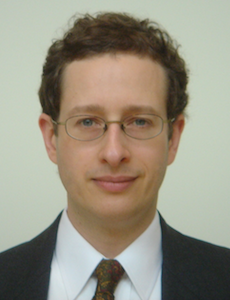Thomas Mandala CSIDPT 2018
We'll begin by exploring the history of physical therapy and the relationships between physical therapists, physical therapist assistants, and physical therapy aides. You'll get training on how to communicate effectively with other health care professionals and patients. You'll also come to understand the medical documentation that physical therapists use and principles of ethics and law that affect the PT aide.
Physical therapists often use words and terms that may be unfamiliar to you, so we'll devote some time to learning much of the language of PT. We'll then spend two lessons studying the body's 11 organ systems. You'll learn the names of the organs in each system, their main functions, and some common disorders.
Health care professionals must take extra care to avoid the spread of infection, so we'll go over that important subject. Along with infection control, you'll learn proper body mechanics and how to safely move patients. We'll also cover the normal gait cycle, and you'll learn how to help patients walk with assistive devices like walkers, crutches, and canes.
Physical therapists use physical agents like heat, cold, ultrasound, and electricity to treat many of their patients, so we'll explore these agents. You'll learn when PTs use them and important precautions. We'll move on to a discussion of exercise, and we'll spend a lesson studying the principles of strengthening, aerobic, and range-of-motion exercises.
We'll close with a study of balance and coordination disorders. You'll learn about the vestibular system—an important mechanism that helps you keep your balance. We'll also talk about treating children with developmental coordination disorder and developmental delays.
By the time you finish this six-week course, you'll have gained valuable knowledge and be well on your way to becoming an important member of the physical therapy team!
About The Instructor
Holly Trimble earned a bachelor's degree in physical therapy from the University of Colorado, a master's degree in pediatric physical therapy from Boston University, and a master's degree in biology from the University of Nebraska at Kearney. She also completed an additional 15 credit hours in education at the doctoral level. After working as a physical therapist for many years, Holly transitioned into teaching. She taught math and science to sixth-graders for several years at a private school, and also worked as a private tutor for children with learning disabilities. She has lectured on health-related topics to all age groups, from school-age children to adults, and she now works as an adjunct professor, teaching college-level anatomy and physiology. She received an Adjunct Faculty Excellence Award from her college and is the author of the eBook, College Success Now! as well as several ed2go courses.

